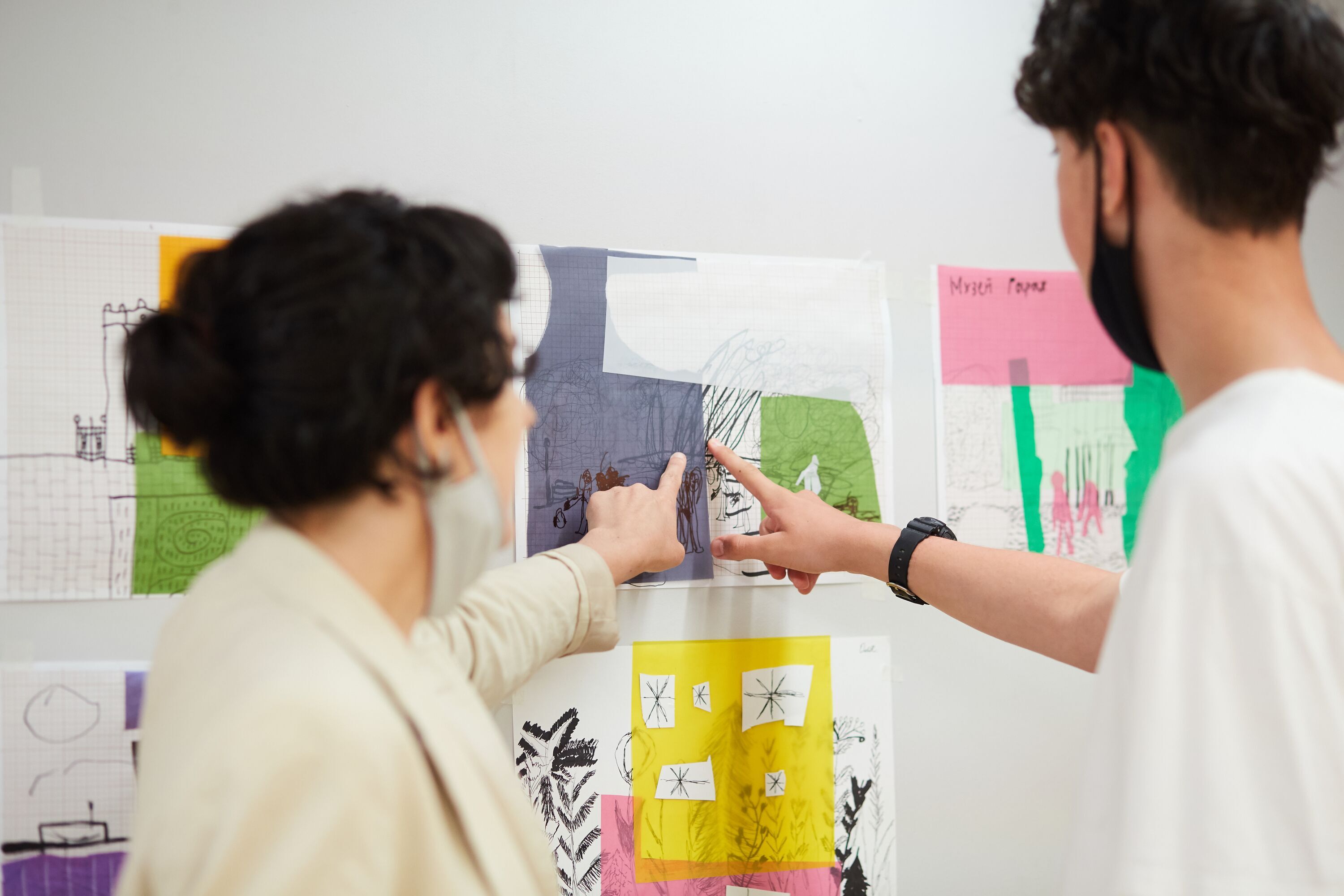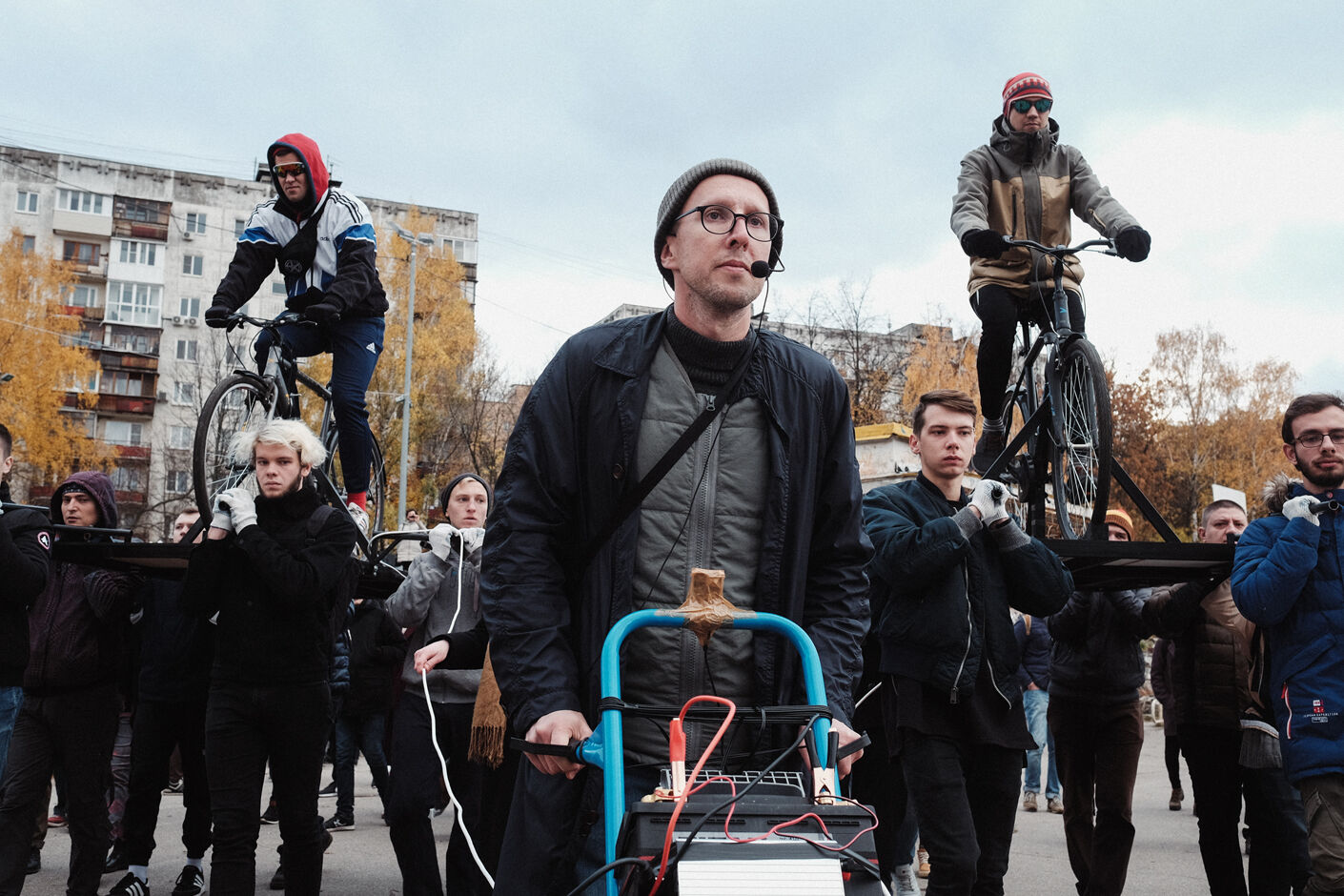Articles by keyword "disability art"
The article analyzes the strategies for developing the inclusion programs applied at Garage Museum of Contemporary Art. The analysis is contextualized within the frameworks of global movements for the rights of people with disabilities, and of the inclusion programs implemented in Russian cultural institutions.
This discussion focuses on disability art, its interconnection with disability rights and the equal opportunities movement, the aesthetic parameters of this area of art, as well as the issues of self-identification of disabled artists. Through a phenomenon that is new for the Russian context — disability art — the discussion systematizes such notions as ‘inclusion’ and ‘diversity’. The material is based on the discussion that took place in 2020 in the format of a closed meeting between Russian and foreign specialists in the topic’s theoretical and practical aspects.




